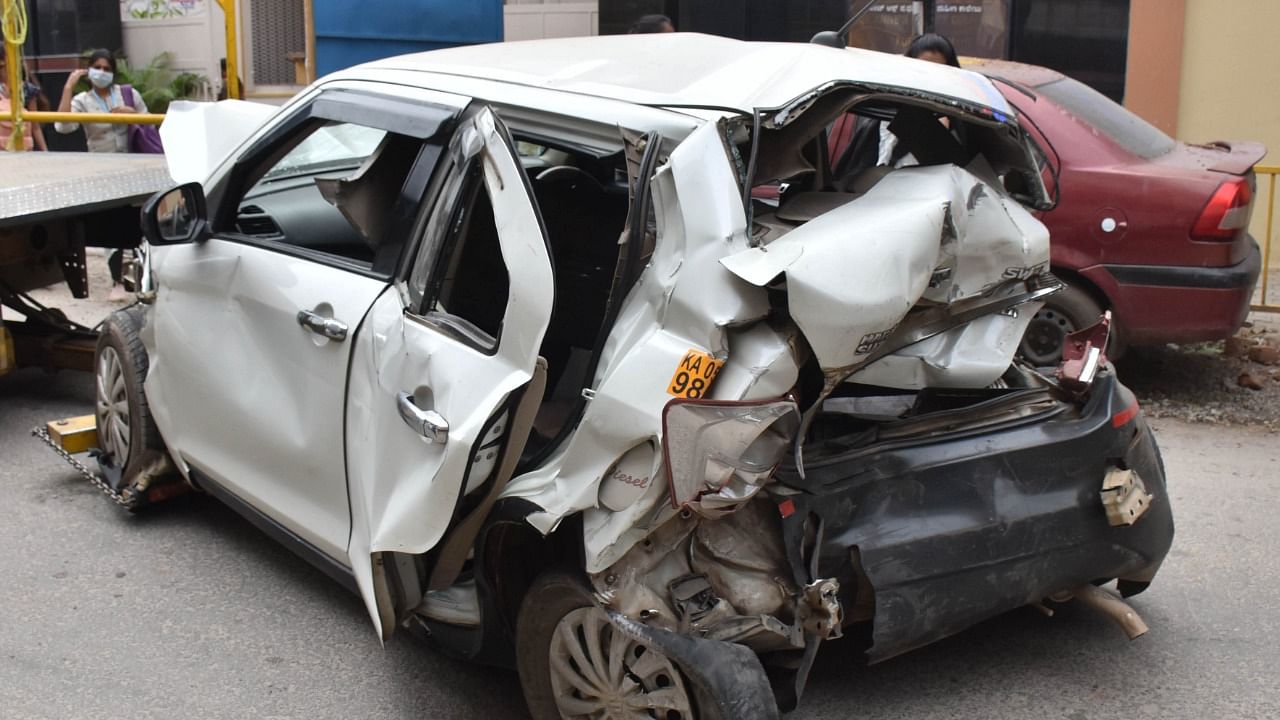
The nightmare of road fatalities would become unstoppable if the government continues to ignore public transport and frame policies to accommodate rapidly growing private vehicles, a study has said.
Titled ‘Fatality Risk Analysis of Vulnerable Road Users from an Indian City’, the IISc study analysed a wide array of data, including FIRs related to fatal accidents between 2001 and 2017 in Bengaluru, and found nearly 800 people annually perish in road fatalities.
A whopping 91 per cent of the victims are pedestrians, cyclists and bike riders, the analysis found. The three categories are classified as vulnerable road users.
“At high risk is the productive age group of 20-29 years. The highest risk is observed for the age group 40-59 years,” said the study led by Ashish Verma, IISc’s professor of transport engineering.
Three researchers of IISc’s sustainable lab developed a model based on historical data to create possible scenarios for Bengaluru, which accounted for 7.2 per cent of all fatalities registered in the country’s 53 mega cities last year.
“The city definitely needs an urgent intervention for its own future,” Verma said, noting that no amount of infrastructure can accommodate the profusion of private vehicles and commuters are forced to share the ever-limited road space.
“This will expose pedestrians, cyclists and two-wheelers to more crashes and deaths,” he warned.
While the number of bikes and scooters are growing exponentially over the last few years, the rush to buy cars has not stopped.
In March 2016, the city had registered 42.2 lakh two-wheelers and 11.91 lakh cars, which has gone up to 66.73 lakh and 20.85 lakh, respectively, by the end of March 2021. Researchers developed eight different scenarios based on different mode share of buses, cars, two-wheelers, and pedestrians.
Although no scenario has zero fatality risks, the model with a high mode share of buses is complemented by a good number of pedestrians and non-motorised transport, indicating lower risk.
Verma said the fall in fatality was directly proportional to the reduced number of vulnerable road users.
“Buses, we find, are the silver bullets as they not only reduce the number of deaths, but also bring down total emissions, helping us meet the sustainable development goals,” he said.
Report findings
1) High number of fatal accidents from 8 am to 10 am and 7 pm to 8 pm
2) 84 per cent of persons killed in accidents are male
3) Increasing motorisation levels big threat to pedestrians, cyclists, and two-wheeler riders
4) Fatalities decline dramatically when buses account for 80 per cent of the motorised commute
Check out latest DH videos here